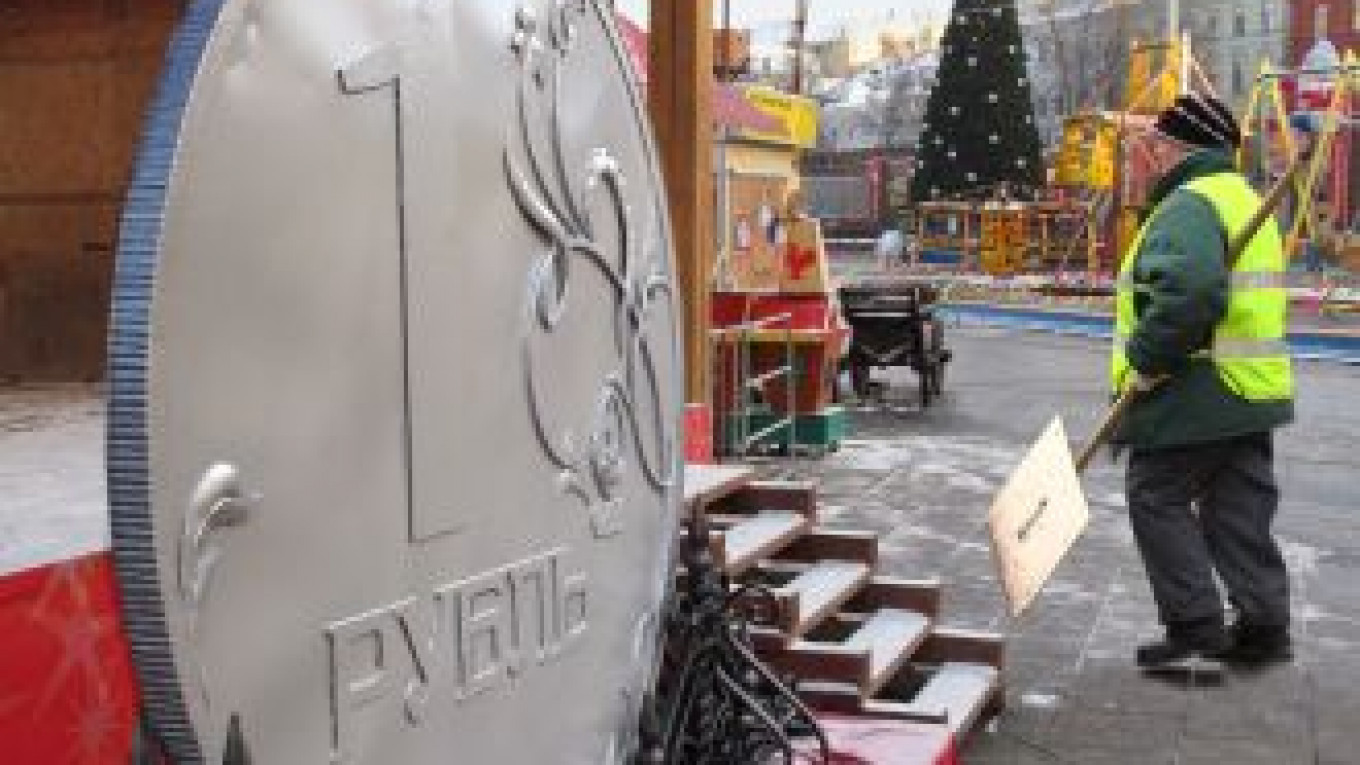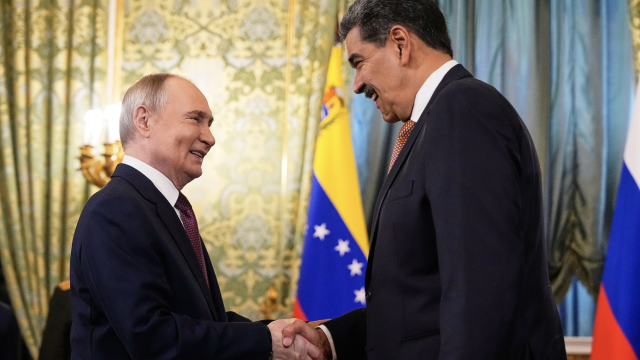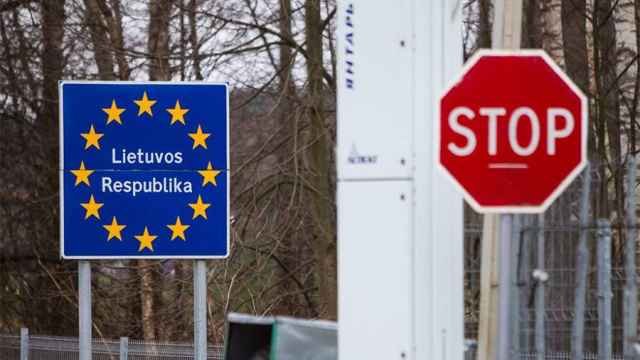The most accurate ruble forecasters expect Russia’s currency to climb to an eight-month high this quarter as rising interest rates, higher oil prices and a more flexible exchange rate lure investors to the world’s biggest energy exporter.
The ruble will advance 3.3 percent by the end of March to 34 against the Central Bank’s target basket of dollars and euros, the strongest level since May, according to the median of estimates from the five analysts who made the best calls in the third quarter of 2010.
The ruble added 3 percent last year. The currency surged as much as 2.9 percent to 39.53 per euro in Moscow on Tuesday, the biggest intraday advance since March 23, 2009, as markets opened for the first day of 2011.
With oil near $90 a barrel, analysts are predicting gains for the ruble this year even as currencies depreciate in emerging-market nations including Brazil and South Africa, where authorities have attempted to weaken their exchange rates.
The ruble’s rally helped local-currency government bonds to gain 9.7 percent in dollar terms last year, according to JPMorgan Chase’s GBI-EM Russia index. The returns compared with a 20 percent gain on Brazilian local bonds as the real advanced 5 percent against the dollar.
“Oil will remain at quite historically high levels and that will be a big supporting factor for the ruble this year,” Lee Hardman, the currency strategist at Bank of Tokyo-Mitsubishi UFJ, whose forecast for the dollar-ruble rate in the third quarter was the closest match on Bloomberg, said in a phone interview from London on Jan. 6. “The Central Bank will raise interest rates further and that will help to improve the attractiveness of the ruble.”
The ruble added 1.4 percent to 34.64 against the basket Tuesday, the largest gain in a year.
The currency will climb 0.6 percent against the dollar in 2011 while the real will drop 0.7 percent and the rand will lose 3.8 percent, the median of analyst estimates on Bloomberg shows.
Traders stepping up bullish bets sent the ruble’s three-month risk-reversal rate — the premium of put options over calls — to 2 percent on Tuesday, from as high as 6.15 percent in May last year, according to data compiled by Bloomberg. Three-month non-deliverable forwards, which provide a guide to expectations of currency movements and interest-rate differentials, have strengthened 3.4 percent since Nov. 30 to 30.80 per dollar.
Bank of Tokyo, which was closest to predicting the ruble’s 2.3 percent gain against the dollar in the third quarter, says the currency will strengthen 1.4 percent to 34.65 versus the basket by March 31.
BNP Paribas, headquartered in Paris, and London-based HSBC Holdings, the second- and third-most accurate ruble forecasters, say it will reach 34. Credit Agricole CIB in Paris, the fourth-best forecaster, has its target at 33.70, while Deutsche Bank, the fifth-most accurate, sees the ruble trading at 34.40 by the end of this quarter.
The estimated advance would be the largest since the first three months of last year, when a 5.5 percent jump in the price of crude helped the ruble strengthen 5.8 percent versus the basket.
The price of oil, Russia’s chief export earner, rose 15 percent last year to $91.38 a barrel, the highest in more than two years, as the global economic recovery boosted demand. Oil consumption will increase by 1.3 million barrels per day to a record 88.8 million bpd in 2011, according to the Paris-based International Energy Agency. Crude and natural gas account for about a quarter of Russia’s economic output.
The Central Bank loosened its control over the ruble last year, widening the corridor that it allows the currency to trade within and targeting a free float as soon as next year. The ruble has been managed against the basket since 2005 to limit fluctuations that disadvantage exporters.
A Message from The Moscow Times:
Dear readers,
We are facing unprecedented challenges. Russia's Prosecutor General's Office has designated The Moscow Times as an "undesirable" organization, criminalizing our work and putting our staff at risk of prosecution. This follows our earlier unjust labeling as a "foreign agent."
These actions are direct attempts to silence independent journalism in Russia. The authorities claim our work "discredits the decisions of the Russian leadership." We see things differently: we strive to provide accurate, unbiased reporting on Russia.
We, the journalists of The Moscow Times, refuse to be silenced. But to continue our work, we need your help.
Your support, no matter how small, makes a world of difference. If you can, please support us monthly starting from just $2. It's quick to set up, and every contribution makes a significant impact.
By supporting The Moscow Times, you're defending open, independent journalism in the face of repression. Thank you for standing with us.
Remind me later.






